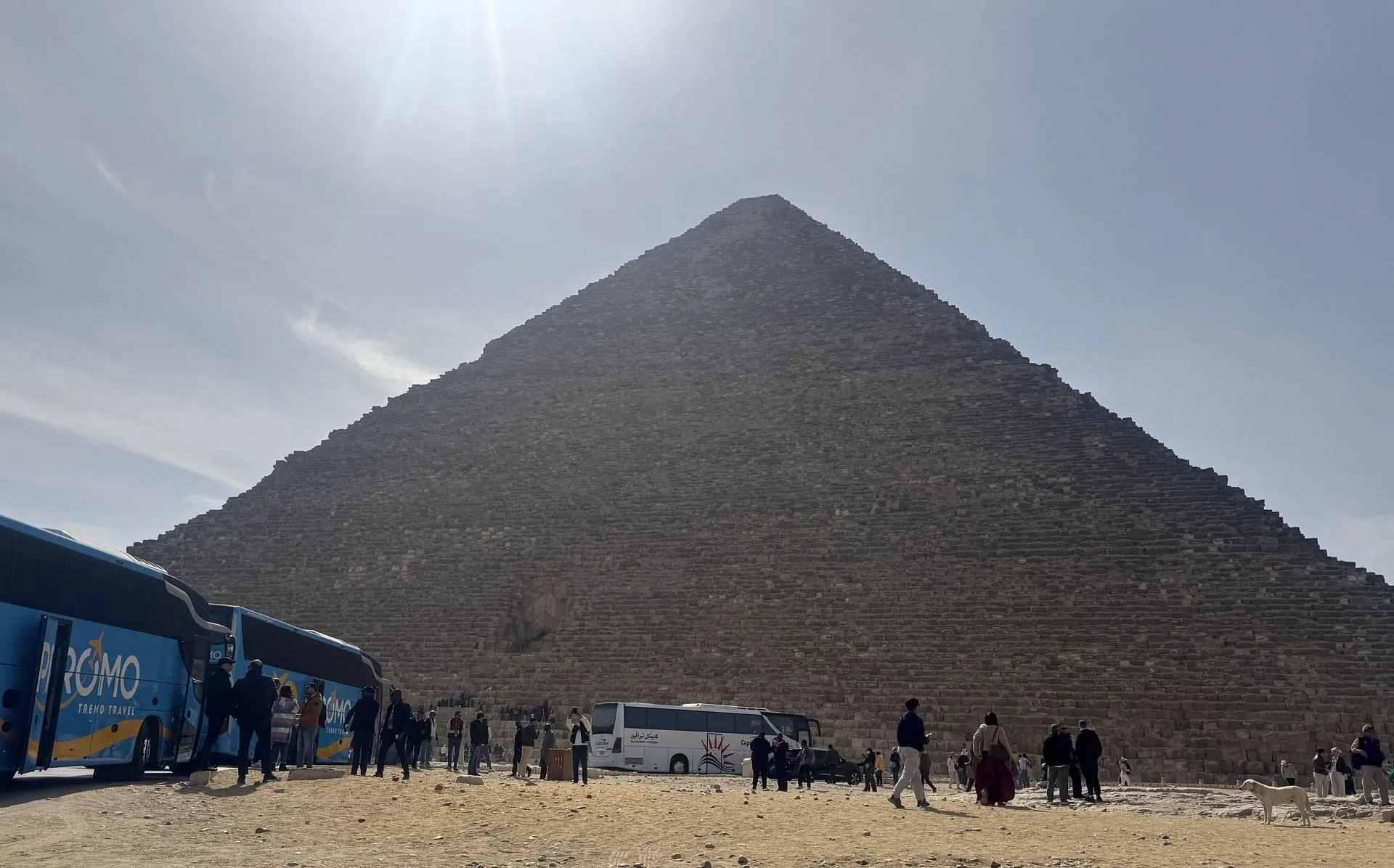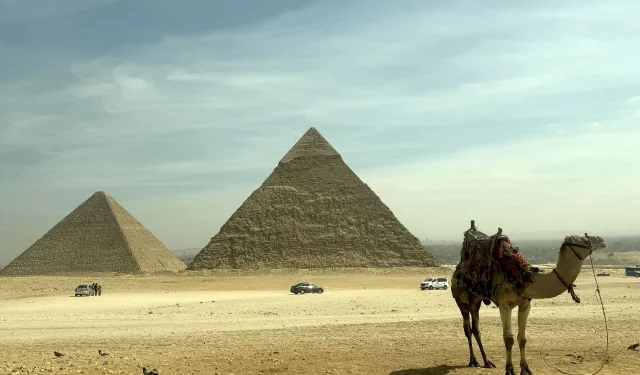On March 15, a significant announcement surfaced from a research team headed by Corrado Malanga of the University of Pisa and Filippo Biondi from the University of Strathclyde. Their groundbreaking discovery unveiled an expansive subterranean network stretching nearly two kilometers beneath the iconic Giza pyramids. The team employed Synthetic Aperture Radar (SAR) alongside a proprietary software developed by Biondi to achieve this remarkable feat, as reported by The Reese Report.
Both researchers have extensively contributed to radar and remote sensing technology. Their joint study, titled “Synthetic Aperture Radar Doppler Tomography Reveals Details of Undiscovered High-Resolution Internal Structure of the Great Pyramid of Giza,”is available on arXiv since its publication in 2022.
Understanding SAR Technology and Its Application in Archaeological Research

Synthetic Aperture Radar (SAR) is a sophisticated radar technology utilized in remote sensing for generating detailed two-dimensional images or three-dimensional reconstructions, according to NASA Earthdata. In this instance, the researchers sought to explore the hidden features beneath the Khafre Pyramid, the second-largest of the Giza plateau.
As detailed in The Reese Report, Biondi’s innovative software translated SAR signals into phononic data, allowing for the compilation of multiple SAR images taken from various angles to construct a comprehensive 3D model of the underground systems located beneath the Khafre Pyramid.
Remarkably, the investigation revealed eight cylindrical structures resembling hollow vertical wells, measuring 648 meters in length, situated atop two cubic structures that each span nearly 80 meters per side. Altogether, this subterranean network extends to about two kilometers.
Furthermore, utilizing the same SAR technology, the researchers identified analogous subterranean features beneath two additional pyramids adjacent to the Khafre Pyramid. This pivotal discovery challenges earlier beliefs that the Giza pyramids were constructed solely as burial sites for ancient royalty.
Recent Discoveries in the Vicinity of the Great Pyramid of Khufu
In a related exploration, a Japanese-Egyptian research initiative investigated the royal cemetery adjacent to the Great Pyramid of Khufu from 2021 to 2023. This collaborative effort involved researchers from Higashi Nippon International University, Tohoku University, and Egypt’s National Research Institute of Astronomy and Geophysics. The findings were published in May 2024 in the journal Archaeological Prospection.
This team utilized technologies such as ground-penetrating radar (GPR) and electrical resistivity tomography (ERT) to uncover an L-shaped anomaly located approximately 6.5 feet underground. This anomaly appeared to extend about 33 feet in length.
Motoyuki Sato, the lead author from Tohoku University, expressed surprise at discovering the anomaly within the royal cemetery, suggesting that it might be part of an artificial structure. Sato noted,
“It could be a part of artificial objects because the L-shape cannot be created in natural geological structures. We hoped to find something, but we did not expect to find it there,”
Both studies—the one led by Malanga and Biondi, and the Japanese-Egyptian team’s analysis of the L-shaped anomaly—are now accessible for academic inquiry. Interested readers can find Malanga and Biondi’s research on arXiv, while the findings regarding the underground anomaly can be explored in the journal Archaeological Prospection.


